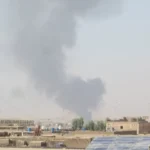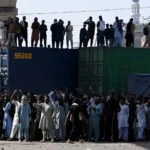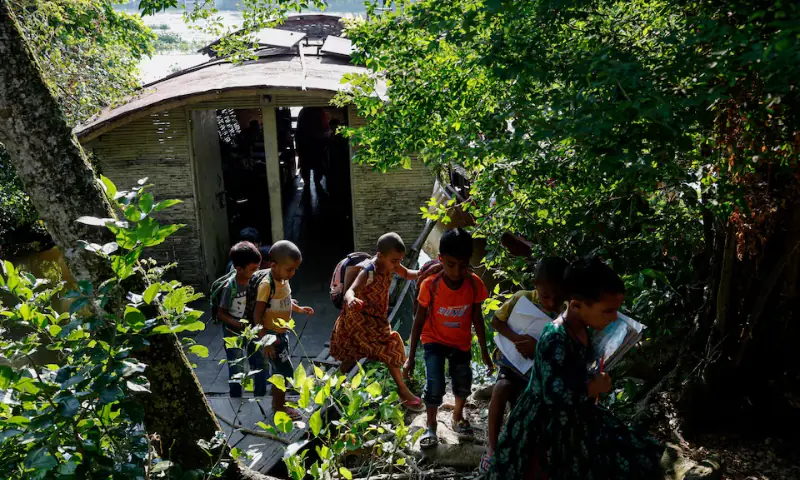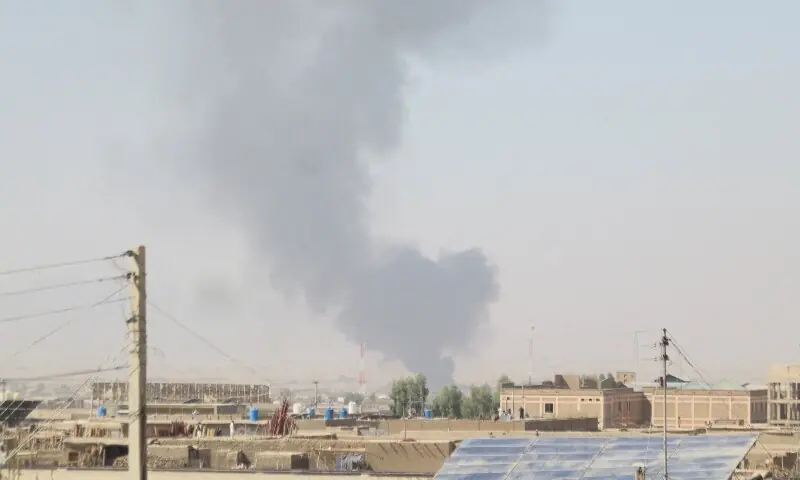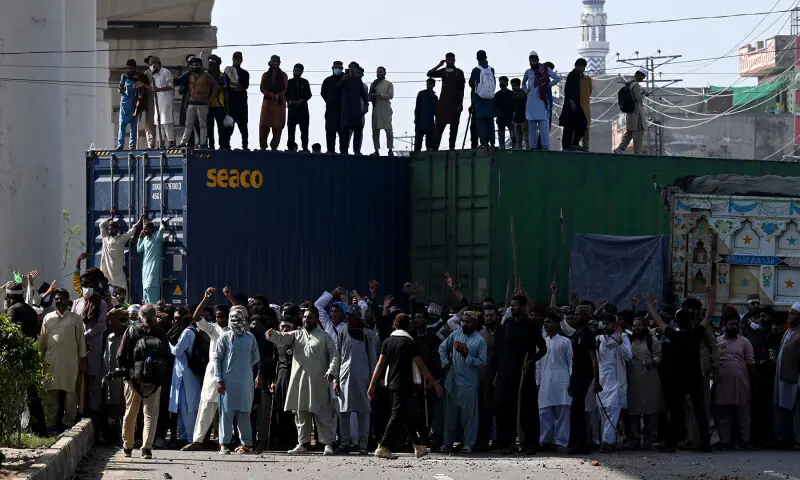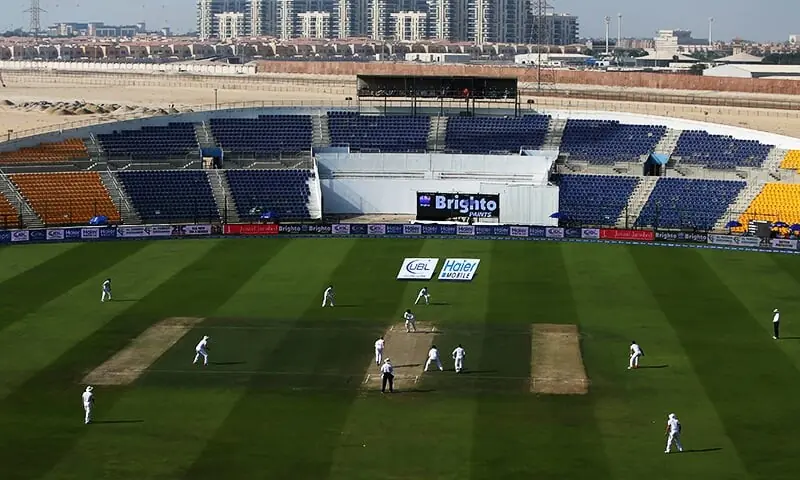In the regions of Bangladesh prone to flooding, the “floating schools” fed by solar energy guarantee that children do not miss class when the growing waters cut roads and villages.
One of them is Safikul Islam, 10 years old.
Every morning, he waits on the outskirts of his village flooded in Bhangura, in western Bangladesh, until the classroom fed by solar energy arrives to his door.
His house is deep in Chalan Beel, an extensive wetland of 26 square kilometers (10 square miles) where seasonal floods often cut roads and submerge entire villages.
But for Islam and hundreds of other children, education floats. The initiative, launched in 2002 by the architect Mohammed Rezwan using 500 dollars of the money of his scholarship, has become a national model led by the non -profit organization Shidhulai Swanirvar Sangstha (SSS).
Now, more than 100 ships serve as schools, libraries and clinics. The project has educated more than 22,000 students and this year he won the Confucius of Literacy of UNESCO for his work.
In Chalan Beel, about two dozen ships serve as classrooms and visit riverside villages six days a week.
School ships are made of local wood and are equipped with benches, blackboards and shelves. Solar panels feed lights and computers.
“At this time, we have 2,240 students enrolled in 26 nautical schools,” said Madhusudan Karmaker, high SSS manager. “Until now more than 22,500 students have been graduated and, during serious floods, these ships also serve as a refuge for displaced families.”
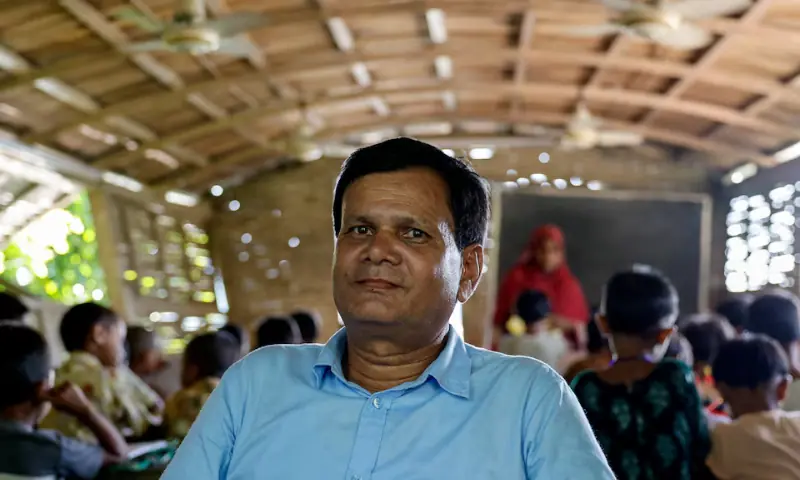
Other NGOs have adopted similar models for their work in the wetland areas of the country.
Classes are taught in three shifts a day and last about three hours each. Teachers sail through narrow channels to gather students, teach Bengali lessons, mathematics and general knowledge.
“We never had the opportunity to study,” said Sufia Khatun, a mother who waited on the riverbank to return her son Islam. “But this ship allows my children to dream of a better future.”
Professor Sakhina Khatun, who has worked on SSS for more than a decade, said that since then similar initiatives of floating schools have inspired projects in countries such as Nigeria, Cambodia and the Philippines.
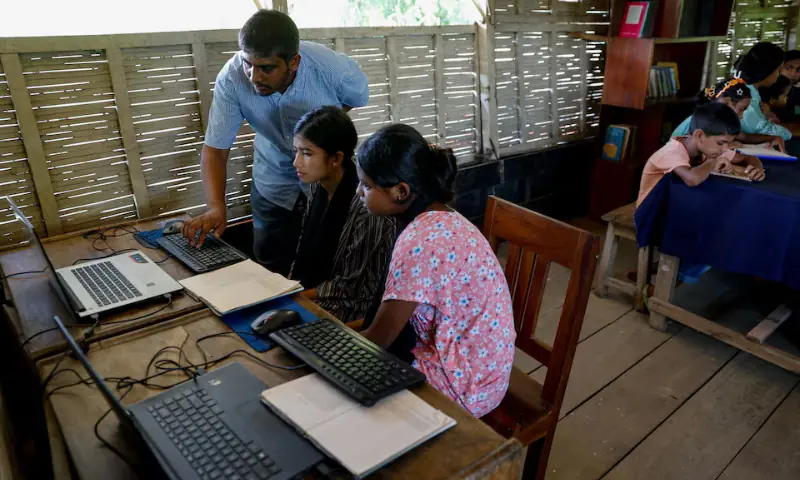
“These schools never close, even during floods,” he said. “That is what makes them special.”
The founder Rezwan, a world member of Yale University, said: “I have not had many things during my life and these children do not have many either. But giving them access to education, medical care and seeing how that is replicated worldwide, that motivates me.”
Image of heading: Kulsum Khatun, an eight -year -old girl, takes notes while attending a class in a floating school, built on a ship by an NGO called Shidhulai Swanirvar Sangstha, in the Bhangura de Pabna area, Bangladesh, on September 25. – Reuters
